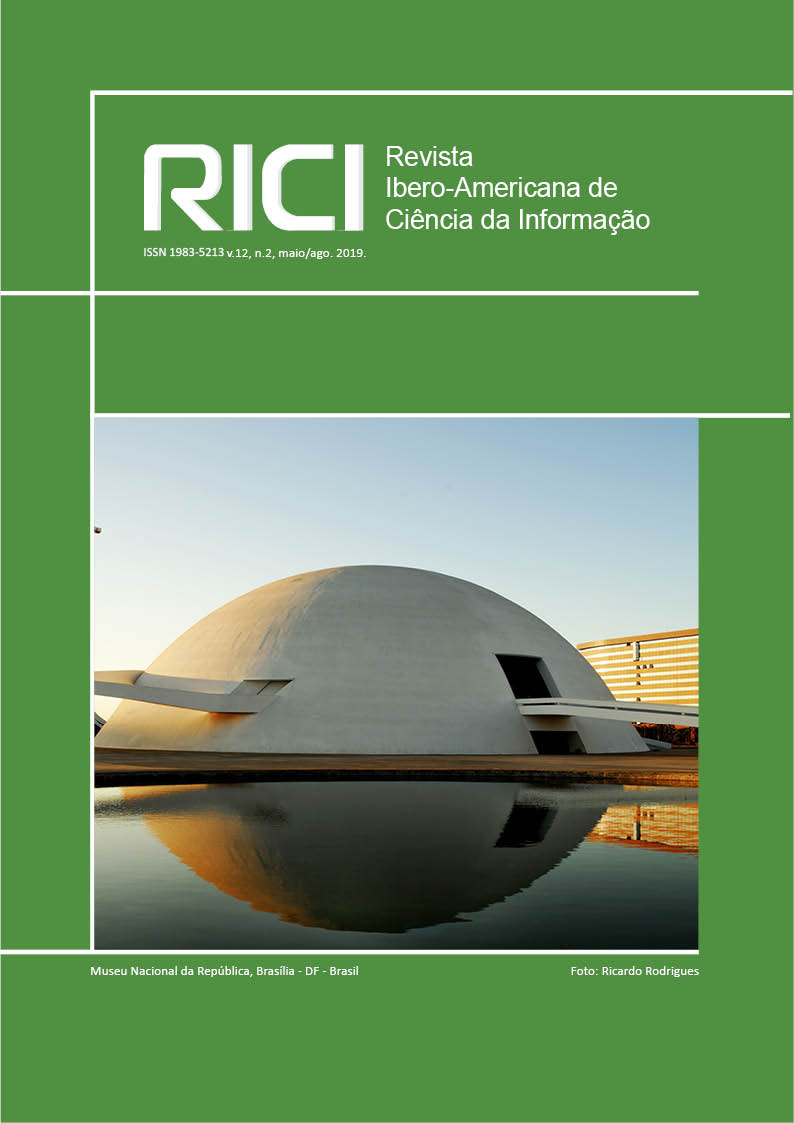Archival Theory: much ado about shelving
DOI:
https://doi.org/10.26512/rici.v12.n2.2019.23016Keywords:
Archival Studies. Record Management. Archival Science.Abstract
The field of archival theory is not as fertile as Frank Burke, Gregg Kimball, and others suggest. There are two strains to archival theory. One strain is archival but not theoretical, and deals with the practical, how-to, nitty-gritty of archival work; this is the responsibility of archival clinicians. The other is theoretical but not archival and is concerned with historiography; this is an endeavor not for archivists as archivists but for archivists as historians. This leaves very restricted territory indeed for the archival theorist qua archival theorist. Moreover, the calls for developing a body of archival theory may derive less from an objective need for more archival theory than from an emotional need on the part of an archival community seeking greater professional acceptance.
Downloads
References
Artigo publicado originalmente como Referência: ROBERTS John. Archival Theory: much ado about shelving. American Archivist, v. 50, p. 66-74, 1987. Disponível em: www.americanarchivist.org/doi/pdf/10.17723/aarc.50.1.l357257455776g52
Downloads
Published
How to Cite
Issue
Section
License
Copyright Notice
Authors who publish in this journal agree to the following terms:
- Authors retain copyright and grant the journal right of first publication with the work simultaneously licensed under the Creative Commons Attribution License 4.0, allowing the sharing of work and recognition of the work of authorship and initial publication in this journal.
- Authors are able to take on additional contracts separately, non-exclusive distribution of the version of the paper published in this journal (ex.: distribute to an institutional repository or publish as a book), with an acknowledgment of its initial publication in this journal.
- Authors are permitted and encouraged to distribute their work online (eg.: in institutional repositories or on their website) at any point before or during the editorial process, as it can lead to productive exchanges, as well as increase the impact and citation the published work.
















